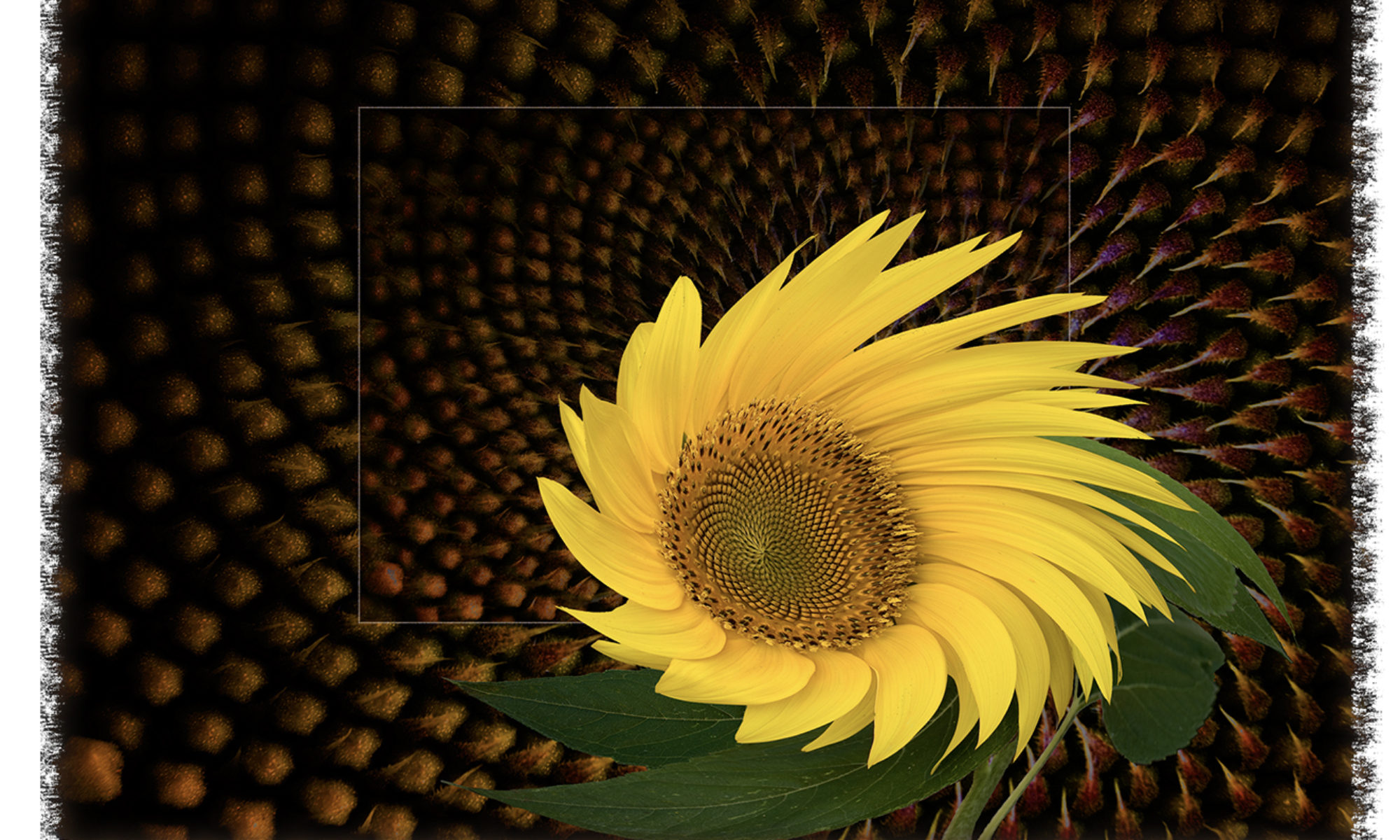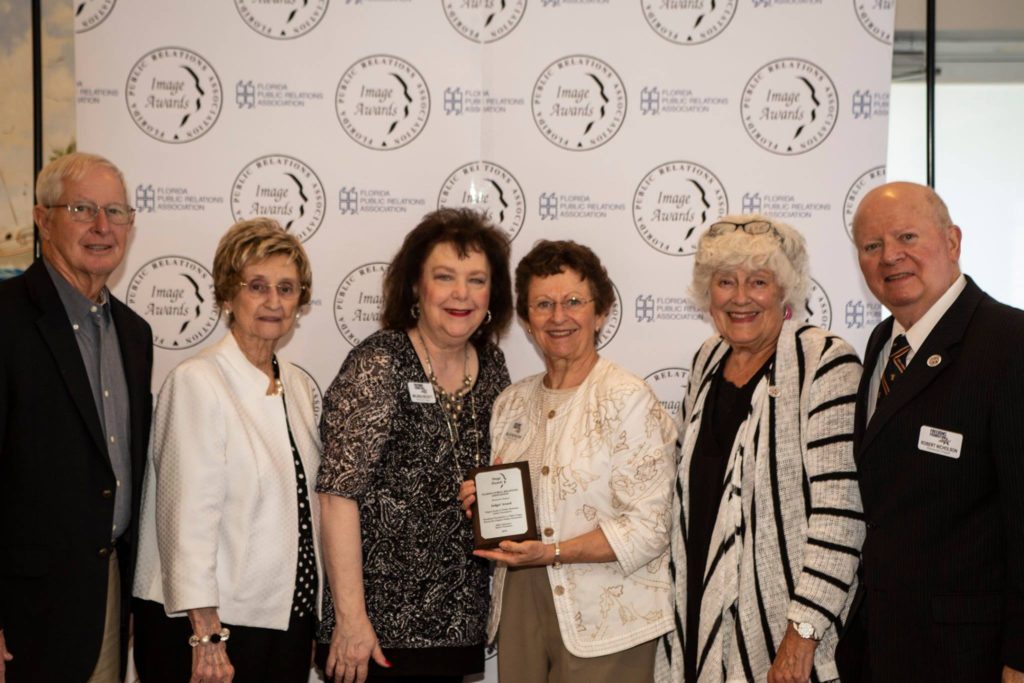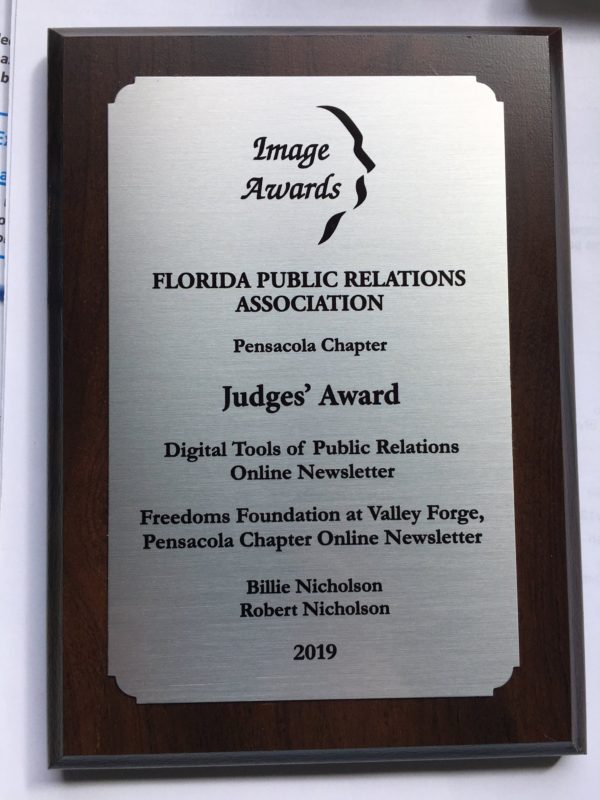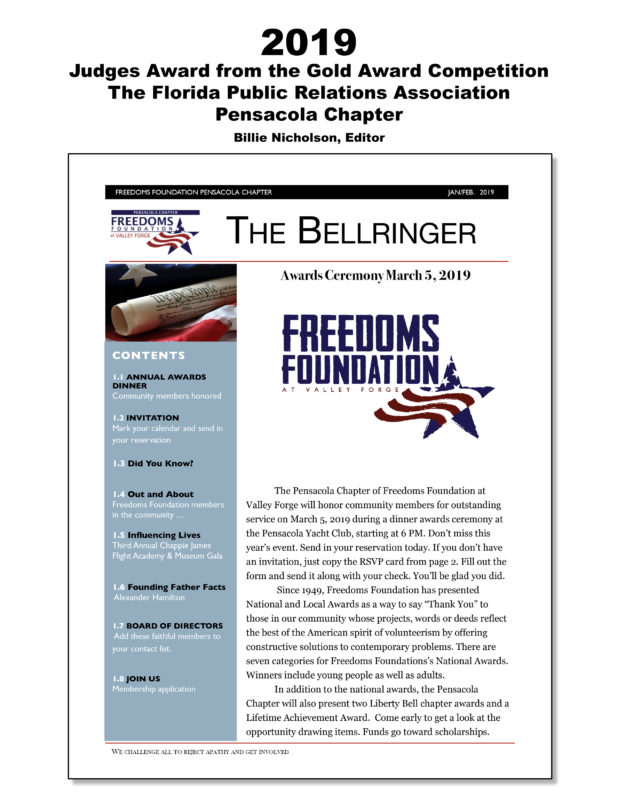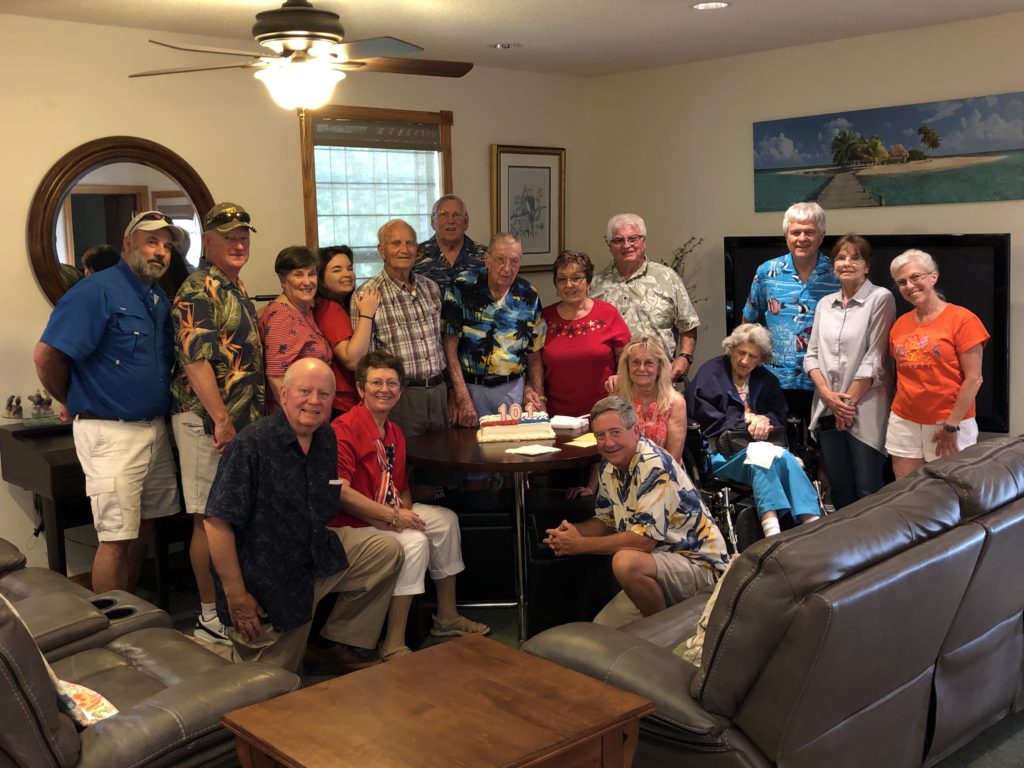
Seated: Robert Nicholson, Billie Nicholson, Rick Carraway, Teresa Carraway and Angie Engel (also a PHS)
Frank Emond, born in Pawtucket, Rhode Island and a long time Pensacola, Fl resident, gathered with friends to celebrate his 101st birthday. Friends present at the party were all involved in the 2011 Pearl Harbor Honor Flight Initiative. At that time the Pensacola community and volunteers worked tirelessly to arrange and fund a trip which took 6 Pearl Harbor Survivors on a trip to Pearl Harbor for the 70th commemoration of the Japanese attack in 1941.
Currently, Pensacola has two remaining Pearl Harbor Survivors that we know of, Frank Emond, CWO4, USN (RET.) and William Braddock, Sgt. Maj., USMC (RET.).
Frank was assigned to the band on the USS Pennsylvania (BB-38). On the morning of December 7, 1941 his band was positioned on the stern of the dry docked vessel, preparing to play morning “colors” when the attack began.
“The day of the attack, everyone knew what they were supposed to do, and it all got taken care of,” recalls Frank. “We lost 21 killed on our ship and about twice that wounded.”
Frank has been active in music all his life as well as serving as a volunteer working at the Navy Hospital, NAS Pensacola. He finally retired from his volunteer position on the day he turned 101!
Thank You, Frank Emond, for your service.
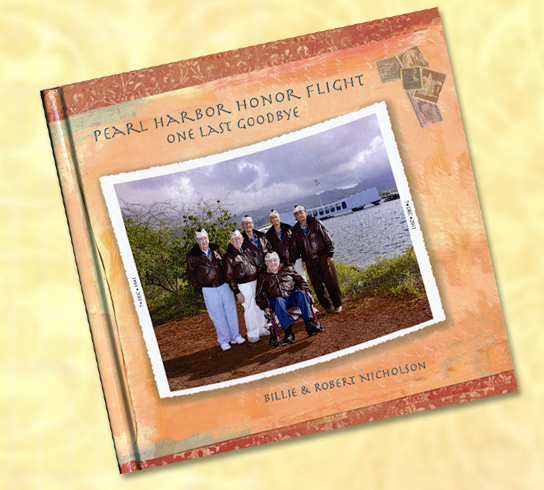
Available: Barnes & Noble
